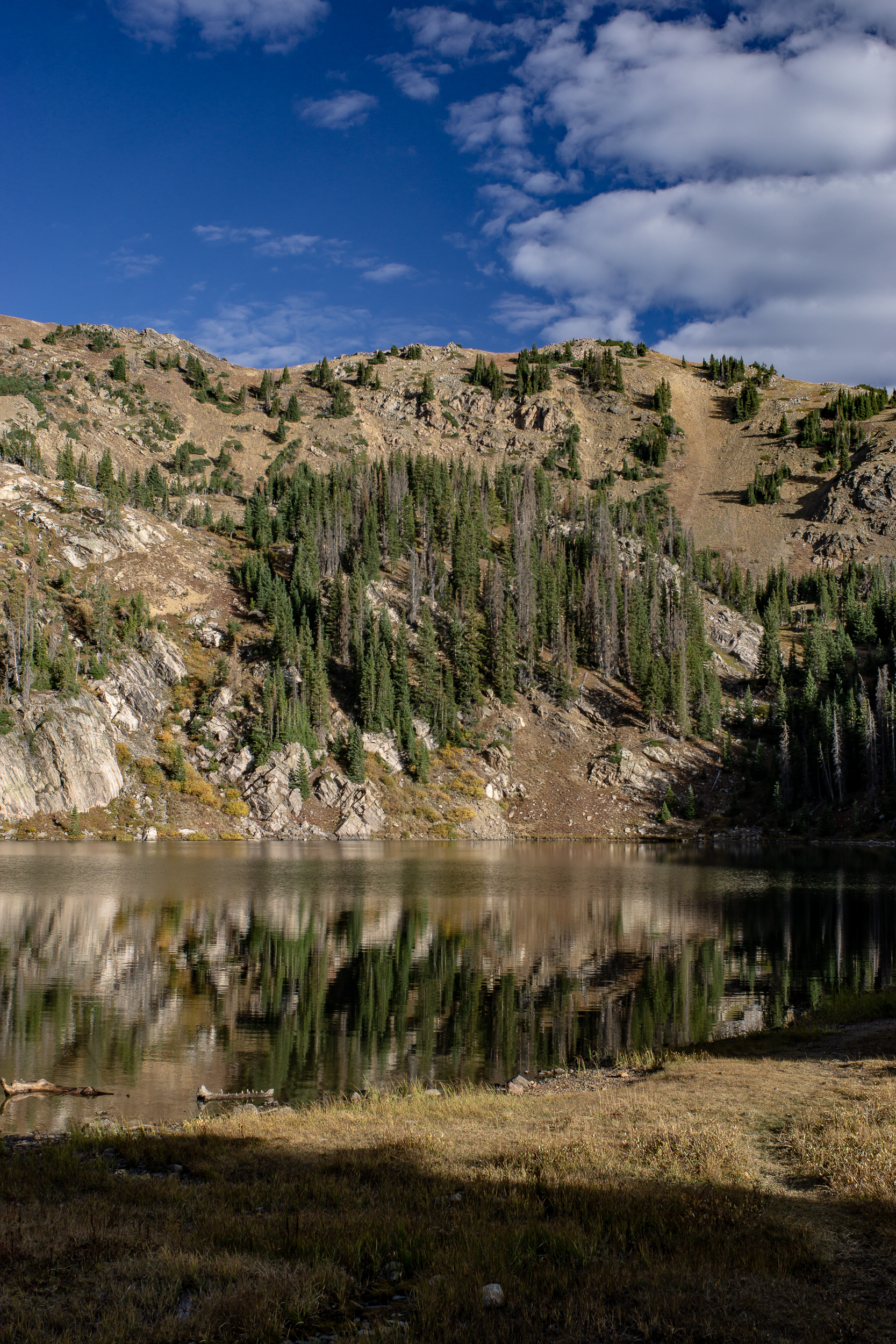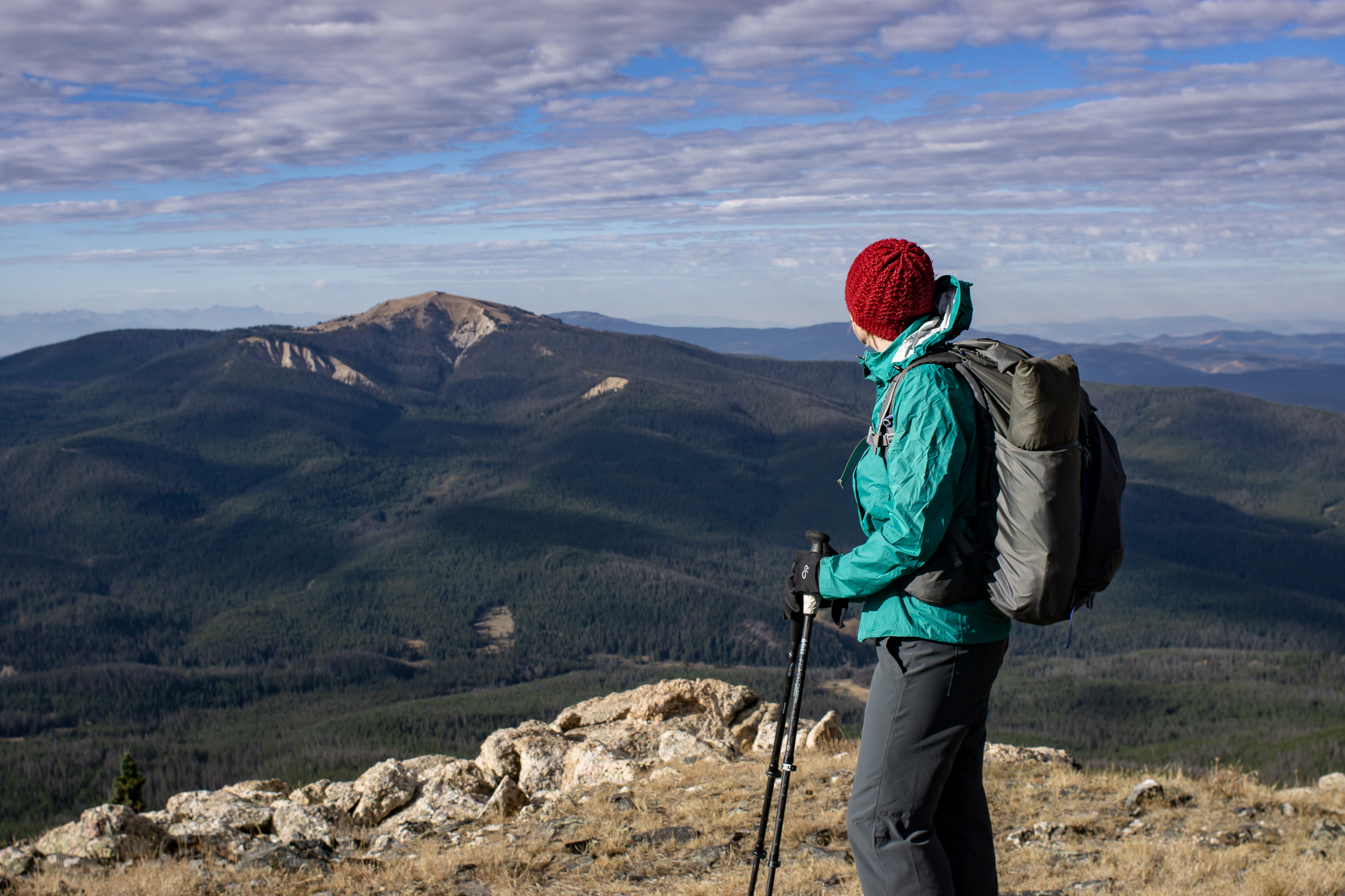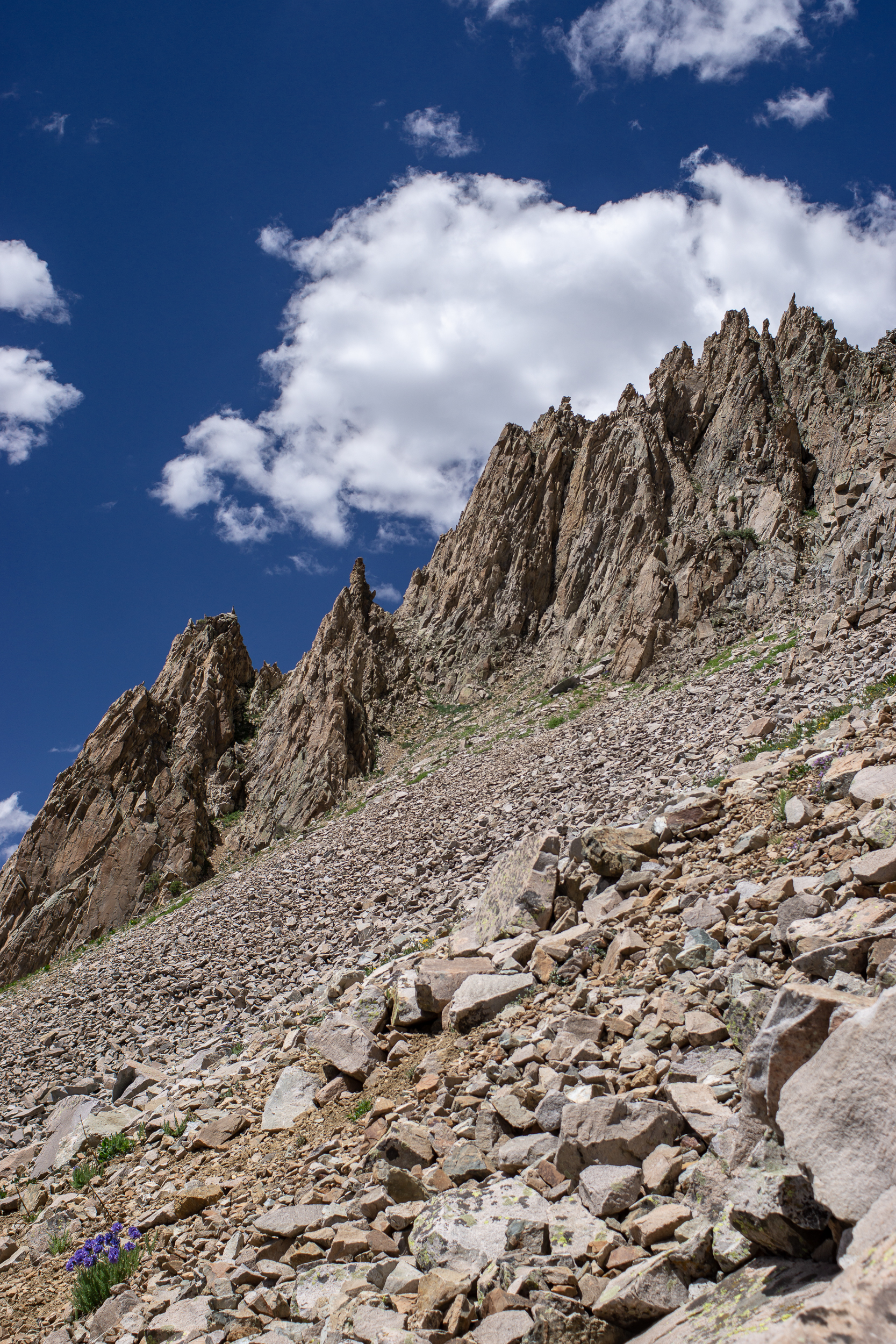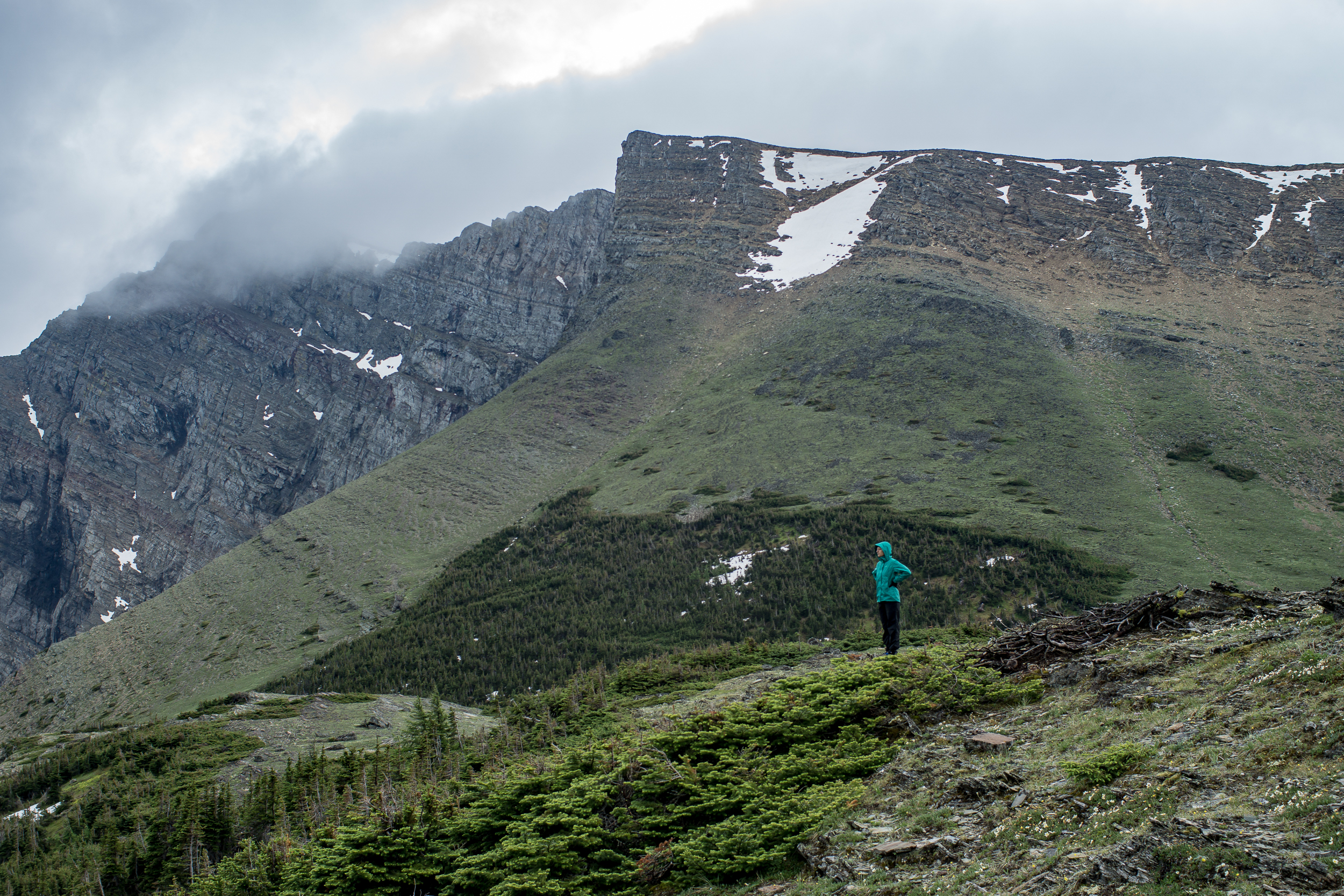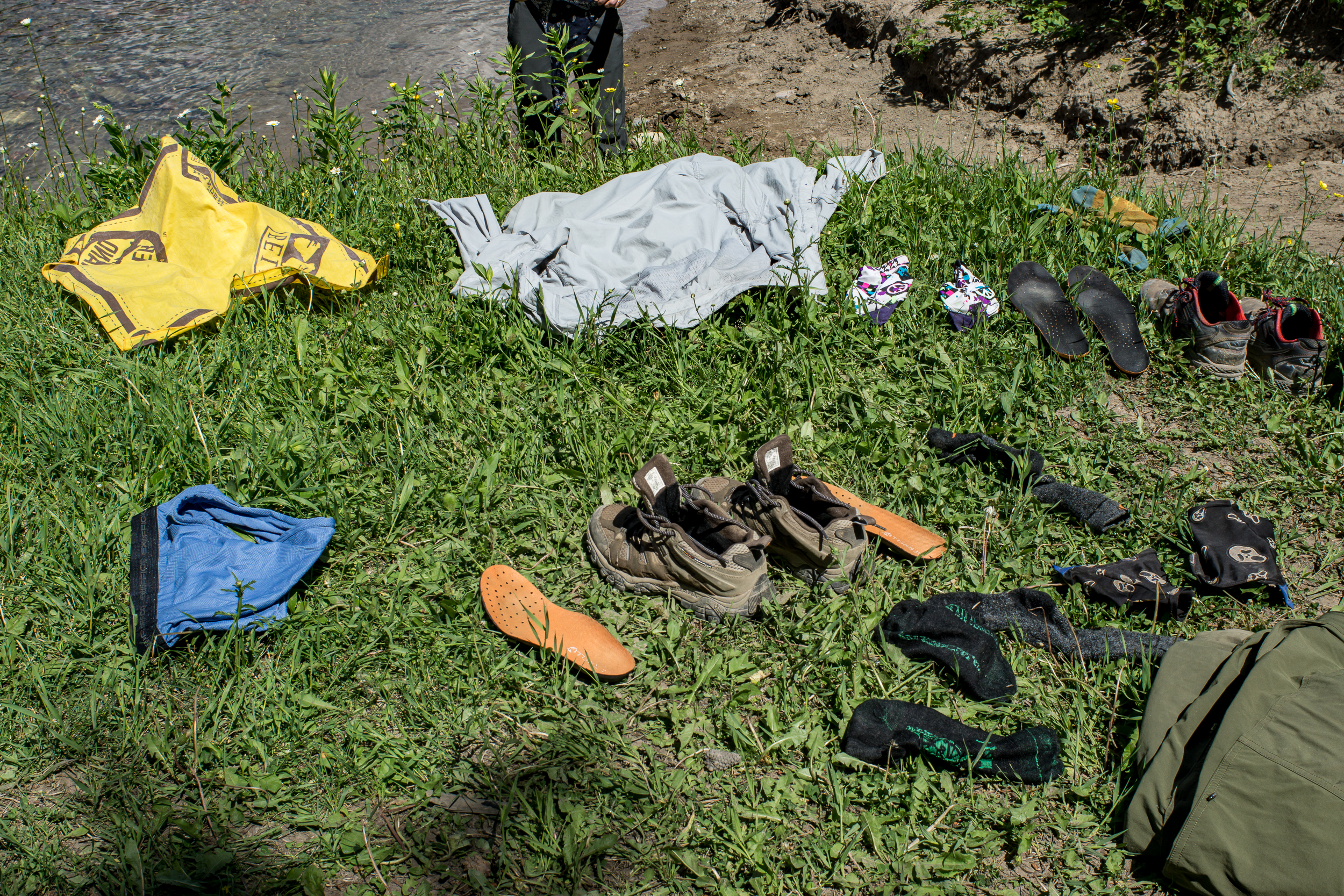It seems like I never go to Rocky Mountain National Park in the summer (not to hike anyway, we’ve driven the Trail Ridge Road a couple of times). I suppose it makes sense; it’s less crowded in winter and in the summer I’m usually backpacking somewhere I don’t need permits or to plan months in advance.
Anyway - Emerald Lake. It’s one of the more popular hikes so even though there was a ton of snow we didn’t need snowshoes, just microspikes, since the snow was packed down. It was super windy at Emerald Lake (I suspect common) but the sunny skies made it feel much warmer. For a short, ~3 mi out and back hike, it was nice to get out into the mountains, even if it’s only for a few hours.
If you go:





